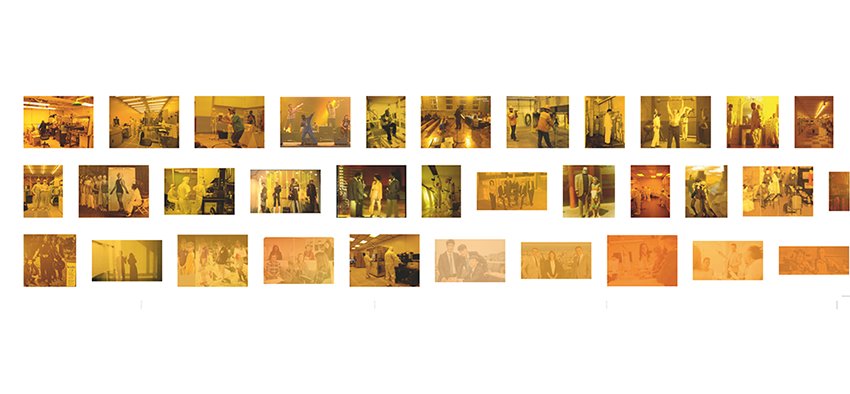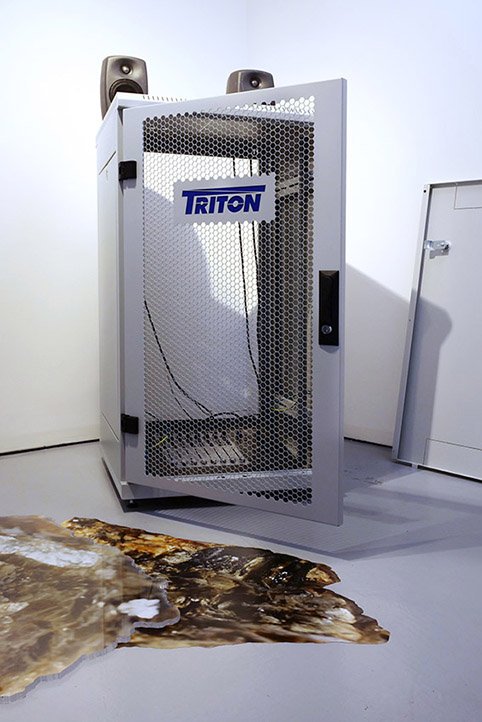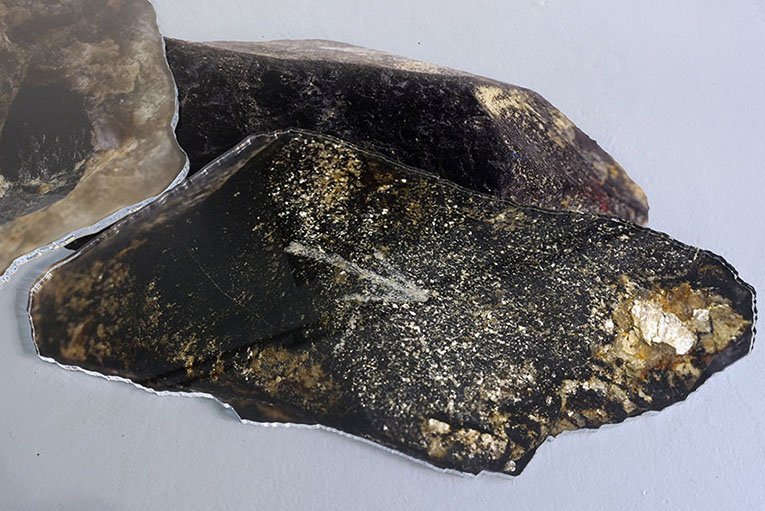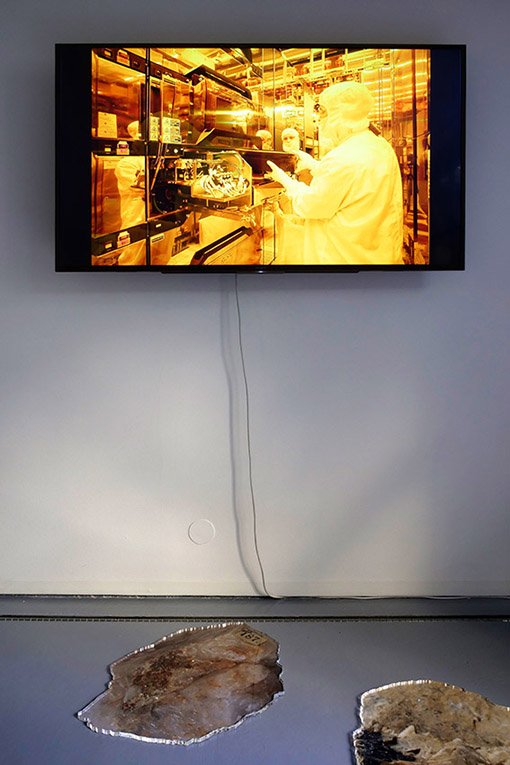Barbora Mrázková graduated from FAMU with a degree in photography. After school she worked in an artistic duo with Filip Láb. In their work together, they explored not only the spaces of Eastern European post-communism, but also the photographic boundaries of documentary and fiction. In her other projects, she explored the informational nature of proto-digital photography preceding the global digitization of not only visual information. She shifts between the media of photography, video and installation. In her current work, she explores the operations and processes behind the production and distribution of the contemporary photographic image. She teaches on the faculty of New York University in Prague and the School of Graphic Arts and the School of Graphic Arts. Her work has been shown at the Spala Gallery in Prague, Fotograf Gallery, Brno House of Arts, and the Czech Centre in Paris and The Hague, among others.
Algorithmic Image
Algorithms are an integral part of the contemporary photographic image. The algorithm affects how the image will look - it stands between the data and the resulting photo (which appears on our cellphone screen). Algorithms clean the image of noise, calculate and improve exposures, and add filters to the image. The jpeg format and its complex algorithm define how the digital image is compressed for storage and how it is decompressed for display. Algorithms therefore affect the image on both levels, the content level - changing what is recorded, and the formal level - how the recording is displayed to us. The photograph - in its material form - the object, the physical print, has long been paradigmatic for photography. Such photography was usually perceived as fixed, unchanging, and we hardly encounter it anymore.
The term algorithmic photography essentially refers to the fact that with digital imaging, the fixed connection between the image and its concrete medium has disappeared, and its new, temporary place of display has become the monitor or display. The image is open to different display formats and becomes multi-platformed. It turns into an active form of representation and gradually becomes software itself.
The theme of my research is the shift in the status of the contemporary photographic image, its operability and its functions.



